|
Your search criteria found 582 images Target is Jupiter |
| My List |
Addition Date | Target |
Mission
|
Instrument | Size |

|
2021-12-17 | Jupiter |
Juno |
4050x3155x3 | |
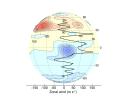
|
|||||

|
2021-12-17 | Jupiter |
Juno |
4500x3500x3 | |
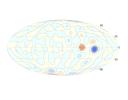
|
|||||

|
2021-12-17 | Jupiter |
Juno |
Stellar Reference Unit (SRU) |
512x512x1 |

|
|||||

|
2021-12-17 | Jupiter |
Juno |
Stellar Reference Unit (SRU) |
547x548x3 |
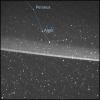
|
|||||

|
2021-12-17 | Jupiter |
Juno |
4500x3500x3 | |
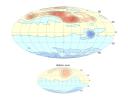
|
|||||

|
2021-12-17 | Jupiter |
Juno |
3104x2414x3 | |
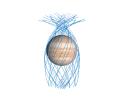
|
|||||

|
2021-12-17 | Jupiter |
Juno |
4501x3500x3 | |
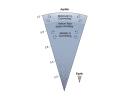
|
|||||

|
2021-12-17 | Jupiter |
Juno |
4500x3500x3 | |
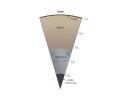
|
|||||

|
2021-12-17 | Jupiter |
Juno |
4500x3500x1 | |
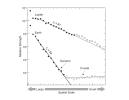
|
|||||

|
2021-12-17 | Jupiter |
Juno |
JunoCam |
14594x11544x3 |
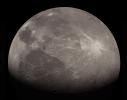
|
|||||

|
2022-01-18 | Jupiter |
Juno |
JunoCam |
1600x1200x3 |
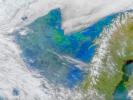
|
|||||

|
2022-01-20 | Jupiter |
Juno |
1920x1080x3 | |
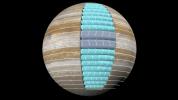
|
|||||

|
2022-02-22 | Jupiter |
Juno |
JunoCam |
3012x3012x3 |
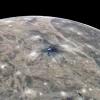
|
|||||

|
2022-02-22 | Jupiter |
Juno |
JunoCam |
1920x1080x3 |
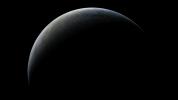
|
|||||

|
2022-03-16 | Jupiter |
Juno |
JunoCam |
3555x2000x3 |
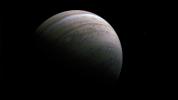
|
|||||

|
2022-04-21 | Jupiter |
Juno |
JunoCam |
3298x1856x3 |
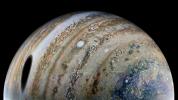
|
|||||

|
2022-05-27 | Jupiter |
Juno |
JunoCam |
2000x757x3 |
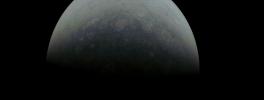
|
|||||

|
2022-07-26 | Jupiter |
Juno |
JunoCam |
2077x3568x3 |

|
|||||

|
2022-08-30 | Jupiter |
Juno |
JunoCam |
1638x2900x3 |

|
|||||

|
2022-11-17 | Jupiter |
Juno |
JunoCam |
2365x2365x3 |

|
|||||

|
2022-12-14 | Jupiter |
Juno |
JunoCam |
1602x1125x3 |
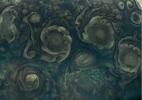
|
|||||

|
2022-12-14 | Jupiter |
Juno |
JunoCam |
2002x1125x3 |
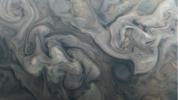
|
|||||

|
2022-12-14 | Jupiter |
Juno |
JunoCam |
662x1125x3 |

|
|||||

|
2022-12-14 | Jupiter |
Juno |
JunoCam |
1920x1080x3 |
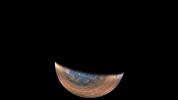
|
|||||

|
2023-06-15 | Jupiter |
Juno |
JunoCam |
1024x1024x3 |
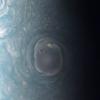
|
|||||

|
2023-06-22 | Jupiter |
Juno |
JunoCam |
1644x2200x3 |

|
|||||

|
2023-07-26 | Jupiter |
Juno |
JunoCam |
2180x1226x3 |
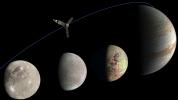
|
|||||

|
2023-09-12 | Jupiter |
Juno |
JunoCam |
3168x1794x3 |
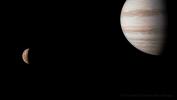
|
|||||

|
2023-10-25 | Jupiter |
Juno |
JunoCam |
1462x2560x3 |

|
|||||

|
2023-11-09 | Jupiter |
Juno |
2496x1696x3 | |
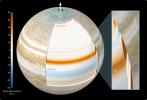
|
|||||

|
2023-11-09 | Jupiter |
Juno |
JunoCam |
2525x1421x3 |
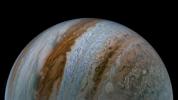
|
|||||

|
2024-04-18 | Jupiter |
Juno |
JunoCam |
1734x623x3 |
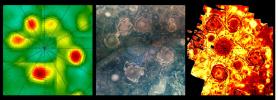
|
|||||

|
2015-07-07 | Jupiter |
IRTF Juno |
Infrared Telescope |
365x350x3 |

|
|||||

|
2011-01-26 | Jupiter |
IRTF |
Infrared Telescope |
5000x2317x3 |
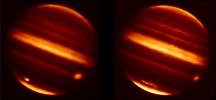
|
|||||

|
2011-01-26 | Jupiter |
IRTF |
Visible Light Camera Gemini North Telescope Hubble Space Telescope VLT |
1202x1200x3 |
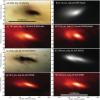
|
|||||

|
2012-10-17 | Jupiter |
IRTF |
Infrared Telescope |
720x541x3 |
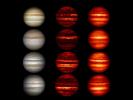
|
|||||

|
2012-10-17 | Jupiter |
IRTF |
Infrared Telescope |
603x326x1 |
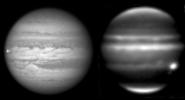
|
|||||

|
2010-03-16 | Jupiter |
Hubble Space Telescope Spitzer Space Telescope Very Large Space Telescope (VLT) |
Hubble Space Telescope VLT |
469x566x3 |

|
|||||

|
1998-05-02 | Jupiter |
Hubble Space Telescope |
WFPC2 |
795x900x3 |

|
|||||

|
1998-05-02 | Jupiter |
Hubble Space Telescope |
WFPC2 |
1152x860x3 |
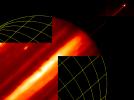
|
|||||

|
1998-05-02 | Jupiter |
Hubble Space Telescope |
WFPC2 |
720x900x3 |

|
|||||

|
1998-05-02 | Jupiter |
Hubble Space Telescope |
WFPC2 |
2069x2489x3 |

|
|||||

|
1998-05-02 | Jupiter |
Hubble Space Telescope |
WFPC2 |
720x600x1 |
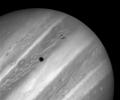
|
|||||

|
1998-05-02 | Jupiter |
Hubble Space Telescope |
WFPC2 |
850x490x3 |
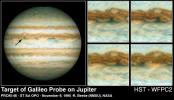
|
|||||

|
1998-05-02 | Jupiter |
Hubble Space Telescope |
WFPC2 |
800x600x3 |
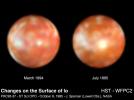
|
|||||

|
1998-05-02 | Jupiter |
Hubble Space Telescope |
WFPC2 |
600x700x3 |

|
|||||

|
1998-05-02 | Jupiter |
Hubble Space Telescope |
WFPC2 |
800x800x3 |
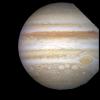
|
|||||

|
1998-05-02 | Jupiter |
Hubble Space Telescope |
WFPC2 |
750x700x3 |
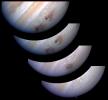
|
|||||

|
1998-05-02 | Jupiter |
Hubble Space Telescope |
WFPC2 |
830x568x3 |
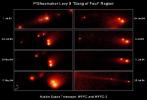
|
|||||

|
1998-05-02 | Jupiter |
Hubble Space Telescope |
WFPC2 |
800x600x1 |
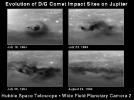
|
|||||

|
1998-05-02 | Jupiter |
Hubble Space Telescope |
WFPC2 |
600x854x1 |

|
|||||

|
1998-05-02 | Jupiter |
Hubble Space Telescope |
WFPC2 |
800x600x3 |
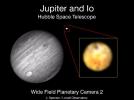
|
|||||

|
1999-05-21 | Io |
Hubble Space Telescope |
WFPC2 |
3000x1930x3 |
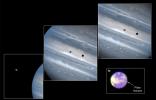
|
|||||

|
1999-08-24 | Jupiter |
Hubble Space Telescope |
WFPC2 |
2401x2870x3 |

|
|||||

|
1999-08-24 | Jupiter |
Hubble Space Telescope |
WFPC2 |
718x716x3 |
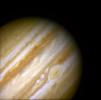
|
|||||

|
1999-08-24 | Jupiter |
Hubble Space Telescope |
WFPC2 |
321x321x3 |
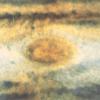
|
|||||

|
1999-08-24 | Jupiter |
Hubble Space Telescope |
WFPC2 |
321x321x3 |
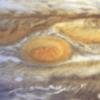
|
|||||

|
1999-08-24 | Jupiter |
Hubble Space Telescope |
WFPC2 |
321x321x3 |
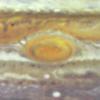
|
|||||

|
1999-08-24 | Jupiter |
Hubble Space Telescope |
WFPC2 |
321x321x3 |
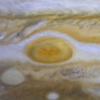
|
|||||

|
1999-08-24 | Jupiter |
Hubble Space Telescope |
WFPC2 |
321x321x3 |
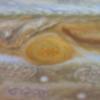
|
|||||

|
1999-08-24 | Jupiter |
Hubble Space Telescope |
WFPC2 |
321x321x3 |
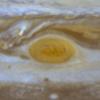
|
|||||

|
1999-08-24 | Jupiter |
Hubble Space Telescope |
WFPC2 |
321x321x3 |
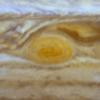
|
|||||

|
1999-08-24 | Jupiter |
Hubble Space Telescope |
WFPC2 |
321x321x3 |
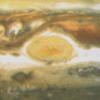
|
|||||

|
2000-10-23 | Jupiter |
Hubble Space Telescope |
WFPC2 |
693x485x1 |
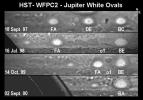
|
|||||

|
2001-07-21 | Jupiter |
Hubble Space Telescope |
WFPC2 |
752x417x3 |

|
|||||

|
2008-01-25 | Jupiter |
Hubble Space Telescope |
Visible Light |
2000x2682x3 |

|
|||||

|
2013-04-23 | Jupiter |
Hubble Space Telescope |
Hubble Space Telescope |
1536x2048x3 |

|
|||||

|
2015-10-13 | Jupiter |
Hubble Space Telescope |
WFPC3 |
3600x1596x3 |
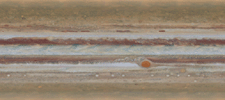
|
|||||

|
2015-10-13 | Jupiter |
Hubble Space Telescope |
WFPC3 |
900x536x3 |
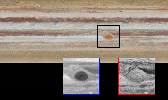
|
|||||

|
2015-10-13 | Jupiter |
Hubble Space Telescope |
WFPC3 |
1798x446x3 |

|
|||||

|
2013-04-23 | Jupiter |
Herschel Space Observatory |
PACS |
1765x1716x3 |
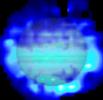
|
|||||

|
2015-09-15 | Jupiter |
Galileo Voyager |
1700x956x3 | |
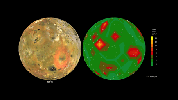
|
|||||

|
2002-10-08 | Jupiter |
Galileo Hubble Space Telescope IRTF |
WFPC2 |
650x300x3 |
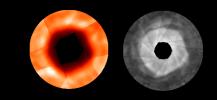
|
|||||

|
1998-10-14 | Jupiter |
Galileo Hubble Space Telescope |
850x950x3 | |

|
|||||

|
1996-01-29 | Jupiter |
Galileo |
Solid-State Imaging |
1600x1250x1 |
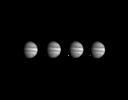
|
|||||

|
1997-09-07 | Jupiter |
Galileo |
Solid-State Imaging |
1024x2048x3 |

|
|||||

|
1997-09-07 | Jupiter |
Galileo |
Solid-State Imaging |
1400x900x1 |
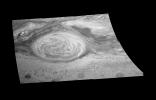
|
|||||

|
1997-09-07 | Jupiter |
Galileo |
Solid-State Imaging |
2100x1200x3 |
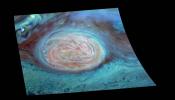
|
|||||

|
1997-09-07 | Jupiter |
Galileo |
Solid-State Imaging |
1546x1127x1 |
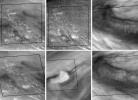
|
|||||

|
1998-03-26 | Jupiter |
Galileo |
Near Infrared Mapping Spectrometer |
233x506x3 |
|
|
|||||

|
1997-09-08 | Jupiter |
Galileo |
Solid-State Imaging |
700x800x3 |

|
|||||

|
1997-12-18 | Jupiter |
Galileo |
Solid-State Imaging |
820x1440x3 |

|
|||||

|
1997-12-18 | Jupiter |
Galileo |
Solid-State Imaging |
625x685x3 |

|
|||||

|
1997-12-18 | Jupiter |
Galileo |
Solid-State Imaging |
758x1028x1 |

|
|||||

|
1997-12-18 | Jupiter |
Galileo |
Solid-State Imaging |
800x800x3 |
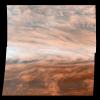
|
|||||

|
1998-03-26 | Jupiter |
Galileo |
Near Infrared Mapping Spectrometer |
1000x800x3 |
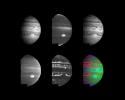
|
|||||

|
1997-11-18 | Jupiter |
Galileo |
Solid-State Imaging |
1053x1491x3 |

|
|||||

|
1998-03-06 | Jupiter |
Galileo |
Solid-State Imaging |
1300x1000x3 |
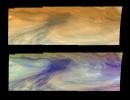
|
|||||

|
1997-09-23 | Jupiter |
Galileo |
Solid-State Imaging |
712x715x3 |
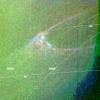
|
|||||

|
1998-03-06 | Jupiter |
Galileo |
Solid-State Imaging |
1300x1200x1 |
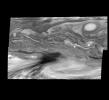
|
|||||

|
1997-09-23 | Jupiter |
Galileo |
Solid-State Imaging |
614x900x1 |

|
|||||

|
1998-03-26 | Jupiter |
Galileo |
Solid-State Imaging |
1700x1700x3 |
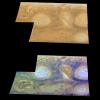
|
|||||

|
1998-03-26 | Jupiter |
Galileo |
Solid-State Imaging |
903x787x3 |
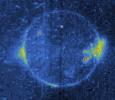
|
|||||

|
1997-09-07 | Jupiter |
Galileo |
Solid-State Imaging |
2000x1431x3 |
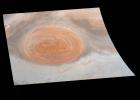
|
|||||

|
1997-09-07 | Jupiter |
Galileo |
Solid-State Imaging |
1400x800x1 |
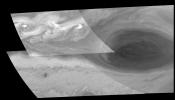
|
|||||

|
1997-09-07 | Jupiter |
Galileo |
Solid-State Imaging |
1000x1400x1 |

|
|||||

|
1997-09-07 | Jupiter |
Galileo |
Solid-State Imaging |
2800x1600x1 |
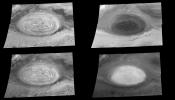
|
|||||

|
1997-09-07 | Jupiter |
Galileo |
Solid-State Imaging |
513x701x1 |

|
|||||

|
1997-09-07 | Jupiter |
Galileo |
Solid-State Imaging |
550x750x1 |

|
|||||

|
1997-09-23 | Jupiter |
Galileo |
Photopolarimeter Subsystem |
807x700x3 |
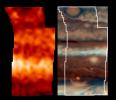
|
|||||

|
 |
 |
 |
 |
 |
 |

|
| 1-100 | 101-200 | 201-300 | 301-400 | 401-500 | 501-600 |
| Currently displaying images: 301 - 400 of 582 |